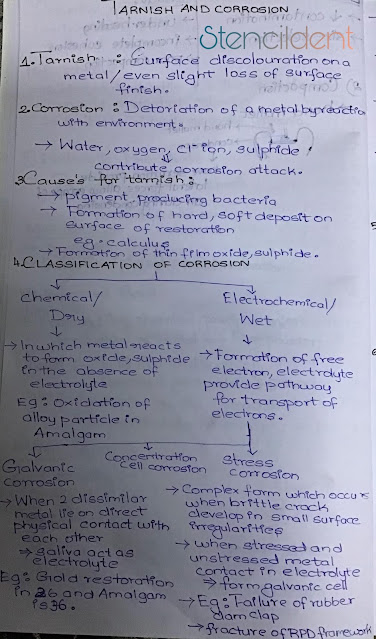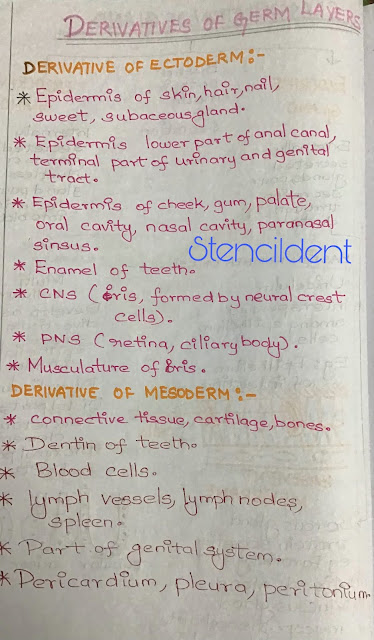C - FACTOR IN COMPOSITE

CONFIGURATION FACTOR ( C- FACTOR) IN COMPOSITE It is a three dimensional configuration of a prepared cavity. c - factor was introduced by feilzer in the year 1987 Configuration factor is calculated by the number of bonded surface to unbounded surface . composite resin undergo polymerisation shrinkage : polymerisation shrinkage is a process that occurs when resin gets cured. stress generation along bonded area as they are bonded micro mechanically free surface - free flow of composite thereby decreasing stress. NOTE: REFER THE ABOVE IMAGE - In order to get a better understanding on bounded and unbounded surface in a prepared. cavity REASONS FOR POLYMERISATION SHRINKAGE When composite resin gets cured ,during the polymerisation process since monomeric particles are more voluminous than polymer ,moneric chains gets unbounded vanderwal force of interaction gets converted to covalent bond. matrix generally shrink from cavity wa...



